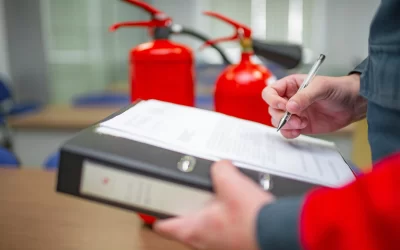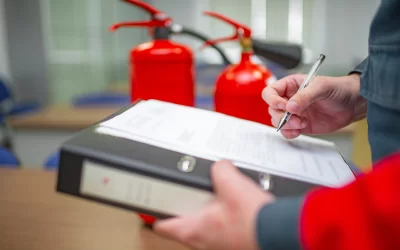Facebook
Twitter
Youtube
Linkedin
As the construction world continues to evolve, so does the complexity of lifting and rigging tasks. These tasks are no longer a simple endeavour but a comprehensive and strategic process that necessitates meticulous planning and execution. This article delves into the importance of a lift plan in the construction sector and why it’s become a non-negotiable aspect of construction projects.
Understanding the Lift Plan
A lift plan, in its essence, is a detailed guide designed to aid the safe and efficient conduct of lifting operations. It’s a strategic document that outlines the necessary steps, precautions, and processes to follow during the operation.
Why Lift Plan is Imperative in Every Project
A lift plan is not an optional checklist, but a mandatory part of every construction project. This requirement is not only for safety purposes but to ensure the success of the operation. Let’s delve into the reasons why a lift plan is a must-have:
1. Equipment Selection
A lift plan helps in the proper selection of equipment. The materials to be handled, the terrain, and site challenges are all factors that influence the choice of equipment. A detailed lift plan will help you make an informed equipment decision, optimizing both productivity and safety.
2. Hazard Identification
Every construction site, large or small, features a variety of hazards. A well-drafted lift plan addresses these challenges and provides information on how to navigate them, ensuring the safety of all involved personnel.
3. Process Optimization and Enhanced Safety
Without a lift plan, the complexity of lifts can easily lead to confusion and errors. A detailed lift plan eliminates uncertainty, optimizes the lifting process, and enhances safety.
4. Preparation for Unexpected Challenges
A thorough site review and walkthrough are typically part of a lift plan. This helps in identifying potential challenges and determining solutions in advance, ensuring the smooth progress of operations.
Legal Requirements for Lifting Operations
Under the law, all lifting operations involving lifting equipment must be properly planned by a competent person, appropriately supervised, and carried out in a safe manner. This is not just for the safety of the personnel involved, but also to prevent potential accidents that could lead to equipment damage, project delays, and financial losses.
Key Aspects of Safe Use of Cranes
Cranes are a staple in construction projects and require special attention when it comes to safety. The key aspects of safe crane operation include:
Planning Lifting Operations
All lifting operations should be planned to ensure they are carried out safely. The person appointed to plan the lifting operation should have adequate practical and theoretical knowledge and experience of the lifts being undertaken.
Share the Post:


0 Comments